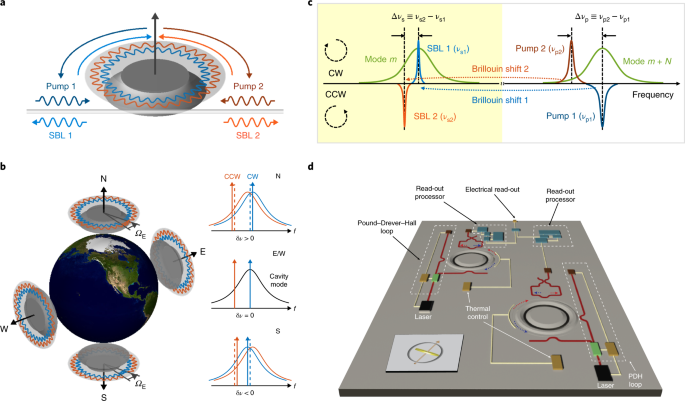Deelee
Pattern Altitude
- Joined
- Feb 12, 2019
- Messages
- 1,765
- Display Name
Display name:
Deelee
I am going to get this looked at by an avionics shop/Aspen installer, but wanted to see if anyone with the Aspen EFDs has ever seen this.
Short story - Every once in a while, we'll get the double X on the EFIS - Attitude Fail and Direction Indicator Fail. This has happened to me once on the ground and to my partner in the air - each time, the EFIS went back to normal pretty quickly.
Pic of double Xs:

Today, I had the issue on the ground as I was doing a run-up. I decided to stay in the run-up box and try to reset the EFD. Powered it off, then back on. This time, when it came back up, I got an error on the startup/initialization screen on the RSM status line - RSM fail [4] check link.
Pic of init error:

Couldn't get that to clear. Reset the EFD and this time it passed the initialization stage, but went to double X mode (as described above) right away. I did a lap in the pattern to see if this would clear, but it didn't. Landed, taxied back and shut down. Reset a few more times then decided to check the RSM itself (since the init failure mentioned the RSM).
That is when I noticed there is a little metallic sticker that seems to be peeling away from a small hole in the back of the RSM. You can see the sticker and how it is peeling away in these shots below. I have no idea if this sticker is supposed to be there, if it should be covering that hole or if it should have been removed. Or if it has anything to do with these RSM issues... but it doesn't look right to me.
Pic of the RSM/metallic sticker -


So that got me wondering - is this metal sticker supposed to be there? If so, should it be covering the hole? (it seems to have pulled away). If the sticker is not supposed to be there, should I remove it? And... the million dollar question (or at least the 1 AMU question) - would this have anything to do with the RSM errors and the AI/DG red Xs?
This is super frustrating. We will probably have the avionics folks look at it anyway since I'm not sure I trust this thing in IMC or on approaches anymore.
Thanks in advance!
Short story - Every once in a while, we'll get the double X on the EFIS - Attitude Fail and Direction Indicator Fail. This has happened to me once on the ground and to my partner in the air - each time, the EFIS went back to normal pretty quickly.
Pic of double Xs:

Today, I had the issue on the ground as I was doing a run-up. I decided to stay in the run-up box and try to reset the EFD. Powered it off, then back on. This time, when it came back up, I got an error on the startup/initialization screen on the RSM status line - RSM fail [4] check link.
Pic of init error:

Couldn't get that to clear. Reset the EFD and this time it passed the initialization stage, but went to double X mode (as described above) right away. I did a lap in the pattern to see if this would clear, but it didn't. Landed, taxied back and shut down. Reset a few more times then decided to check the RSM itself (since the init failure mentioned the RSM).
That is when I noticed there is a little metallic sticker that seems to be peeling away from a small hole in the back of the RSM. You can see the sticker and how it is peeling away in these shots below. I have no idea if this sticker is supposed to be there, if it should be covering that hole or if it should have been removed. Or if it has anything to do with these RSM issues... but it doesn't look right to me.
Pic of the RSM/metallic sticker -


So that got me wondering - is this metal sticker supposed to be there? If so, should it be covering the hole? (it seems to have pulled away). If the sticker is not supposed to be there, should I remove it? And... the million dollar question (or at least the 1 AMU question) - would this have anything to do with the RSM errors and the AI/DG red Xs?
This is super frustrating. We will probably have the avionics folks look at it anyway since I'm not sure I trust this thing in IMC or on approaches anymore.
Thanks in advance!

